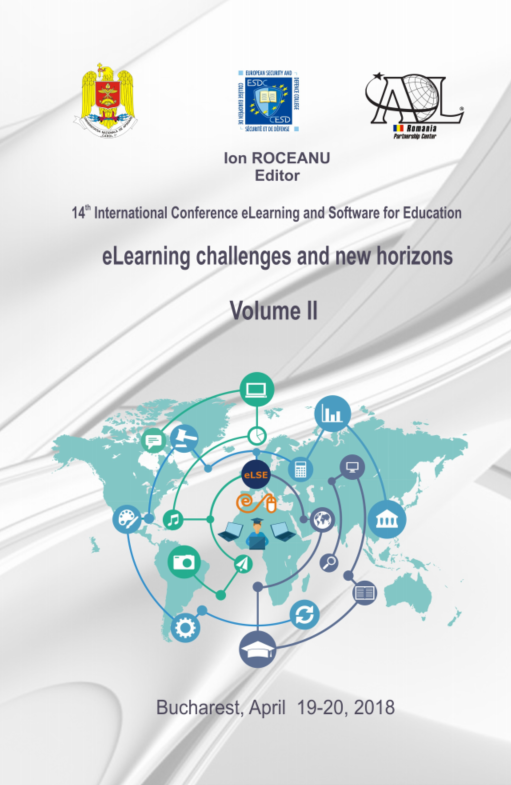Extending Physics Laboratory in Space: the International Space Station as Learning Environment for Students
Extending Physics Laboratory in Space: the International Space Station as Learning Environment for Students
Author(s): Diana Cristina Bejan, Cristina Miron, Emil Ştefan BarnaSubject(s): Social Sciences, Education
Published by: Carol I National Defence University Publishing House
Keywords: STEM concept; Project Based Learning; Inquiry Based learning; 21st century skills; Science and Technology of Space;
Summary/Abstract: This paper reveals how starting from a challenge proposed by several European scientific research centres, the International Space Station (ISS) becomes a learning environment for 9th grade students. They must write code for a platform of sensors named Sense HAT (Hardware Attached on Top) in order to “sense” some of the ISS characteristics, like onboard living conditions, crew presence, ISS movement and external factors, geomagnetic field at the ISS altitude. Using databases from similar platforms of sensors mounted onboard of the ISS, the students analyzed the data about pressure, temperature, acceleration and magnetic field. In the same time, they were documenting about the life conditions on ISS and they were modelling the ISS movement in different situations using Mechanics knowledge from 9th grade Physics curriculum. They made correlations between theoretical knowledge about movement or the air conditions and the variations of data and were able to identify events which happened on the ISS, like a re-boost, docking or undocking of the supply transport vehicle and re-pressurization. They also studied the geomagnetic field variations at the altitude of the ISS, looking to identify an eventual radial symmetry due to the Earth’s shape and volume disposal. The data analysis reveals anomalies in the geomagnetic field that students are tying to seismic and volcanic activity of the Earth. The entire project used multiple, various and complex methods of learning. The paper emphasizes the importance of critical and outside the box thinking methods and reveals the steps of a great learning experience for students. Although in the project was involved a small group of students, the learning activities were extended to the entire classroom.
Journal: Conference proceedings of »eLearning and Software for Education« (eLSE)
- Issue Year: 14/2018
- Issue No: 02
- Page Range: 017-024
- Page Count: 8
- Language: English

